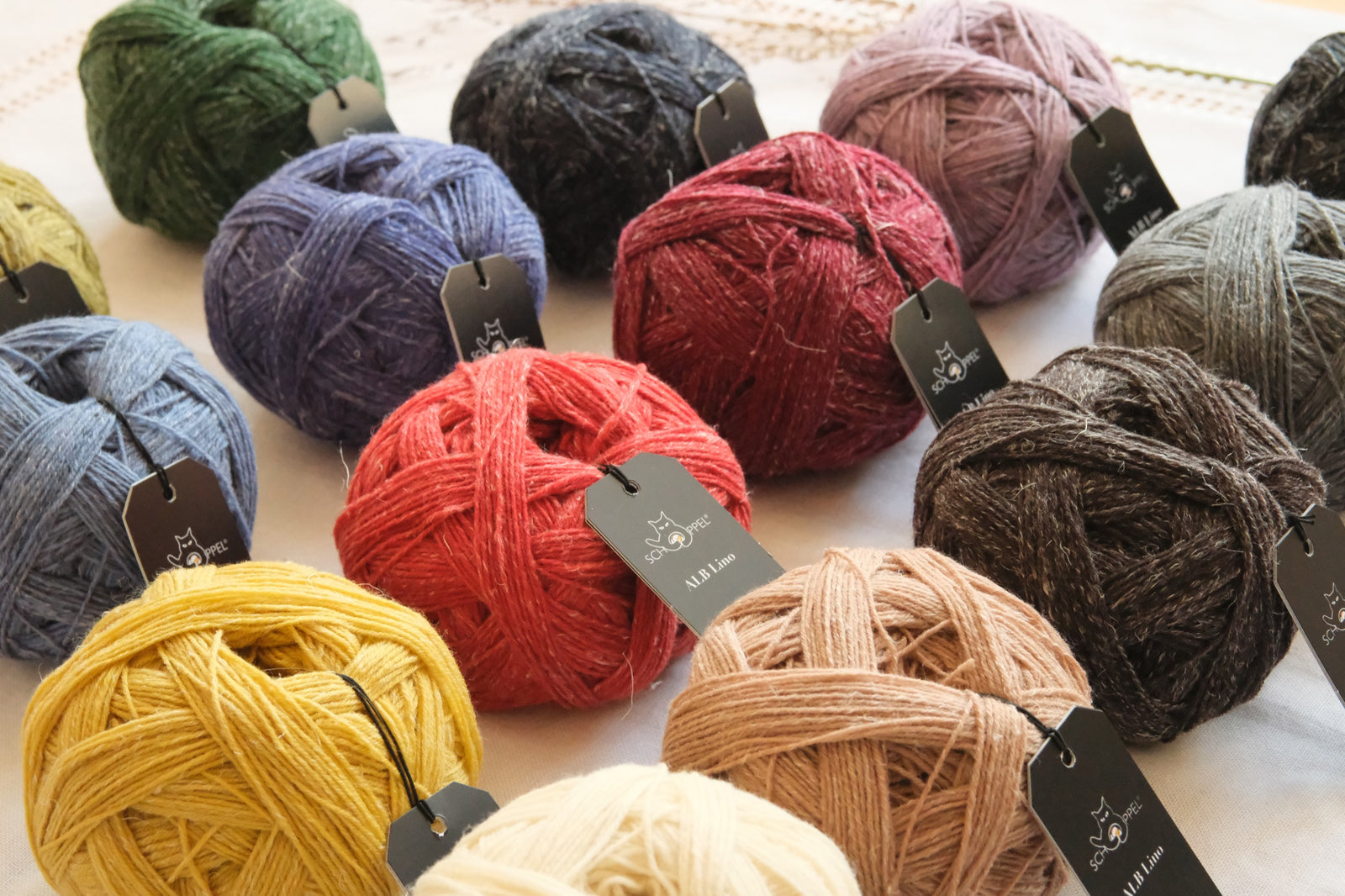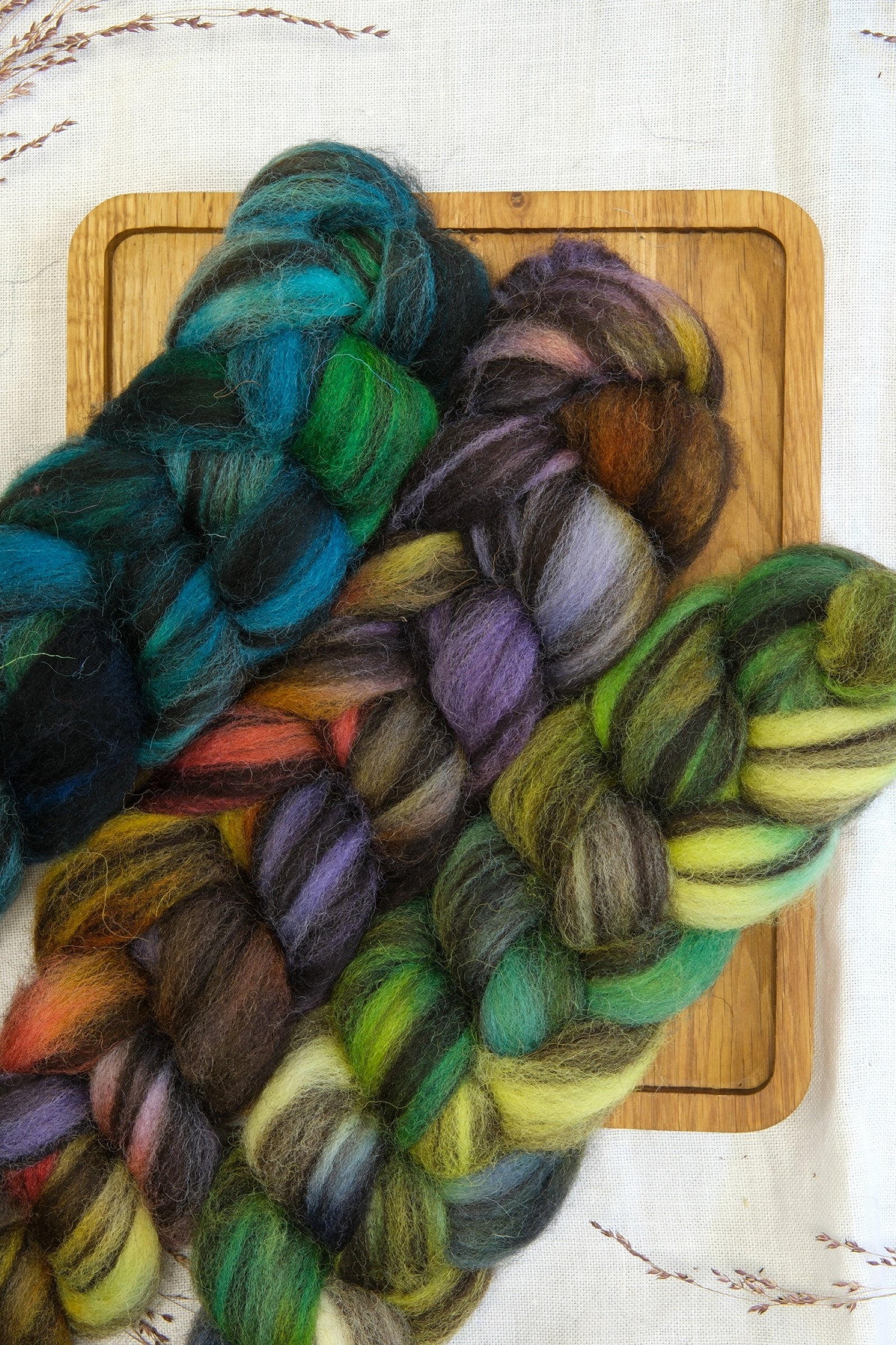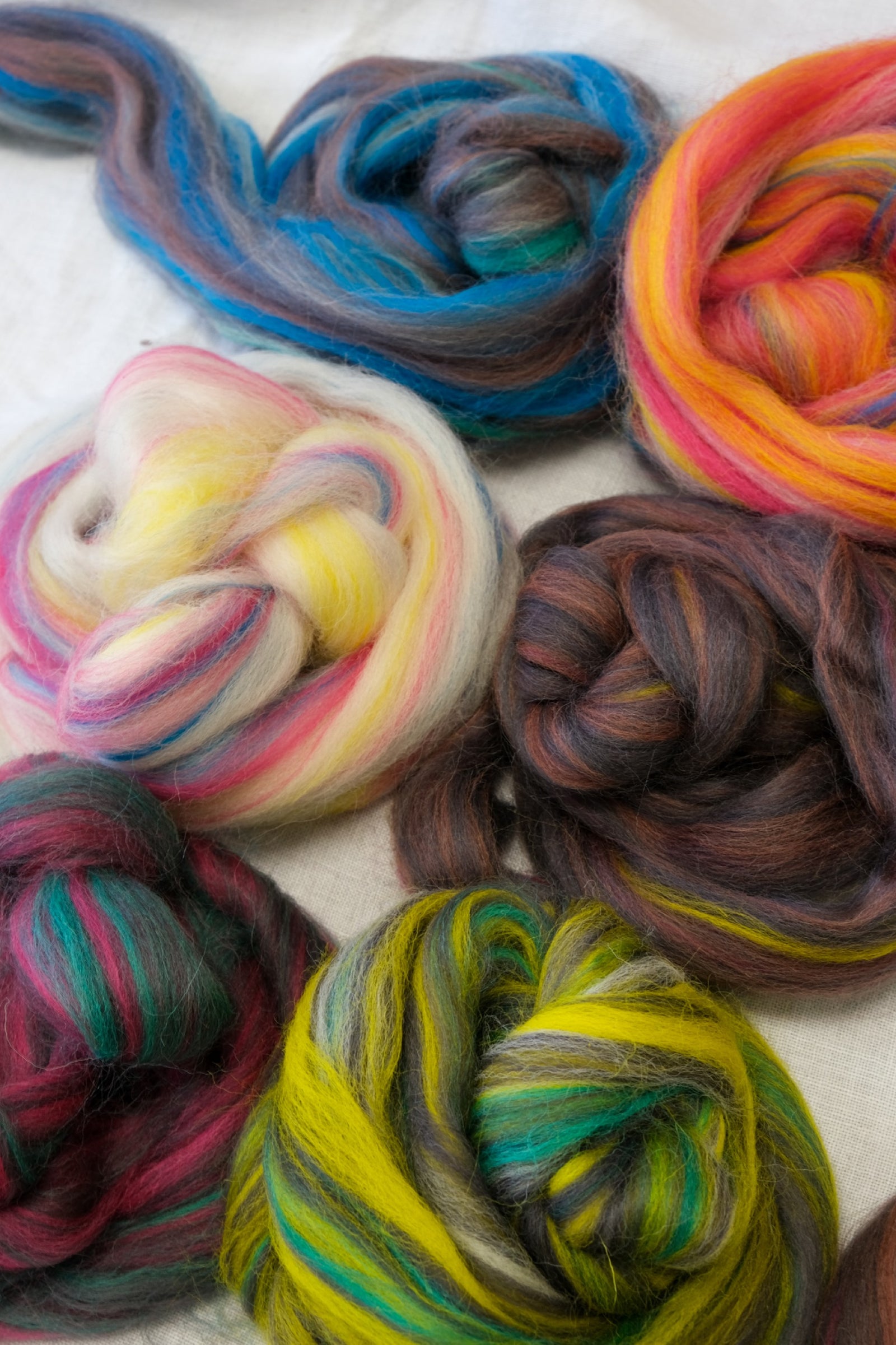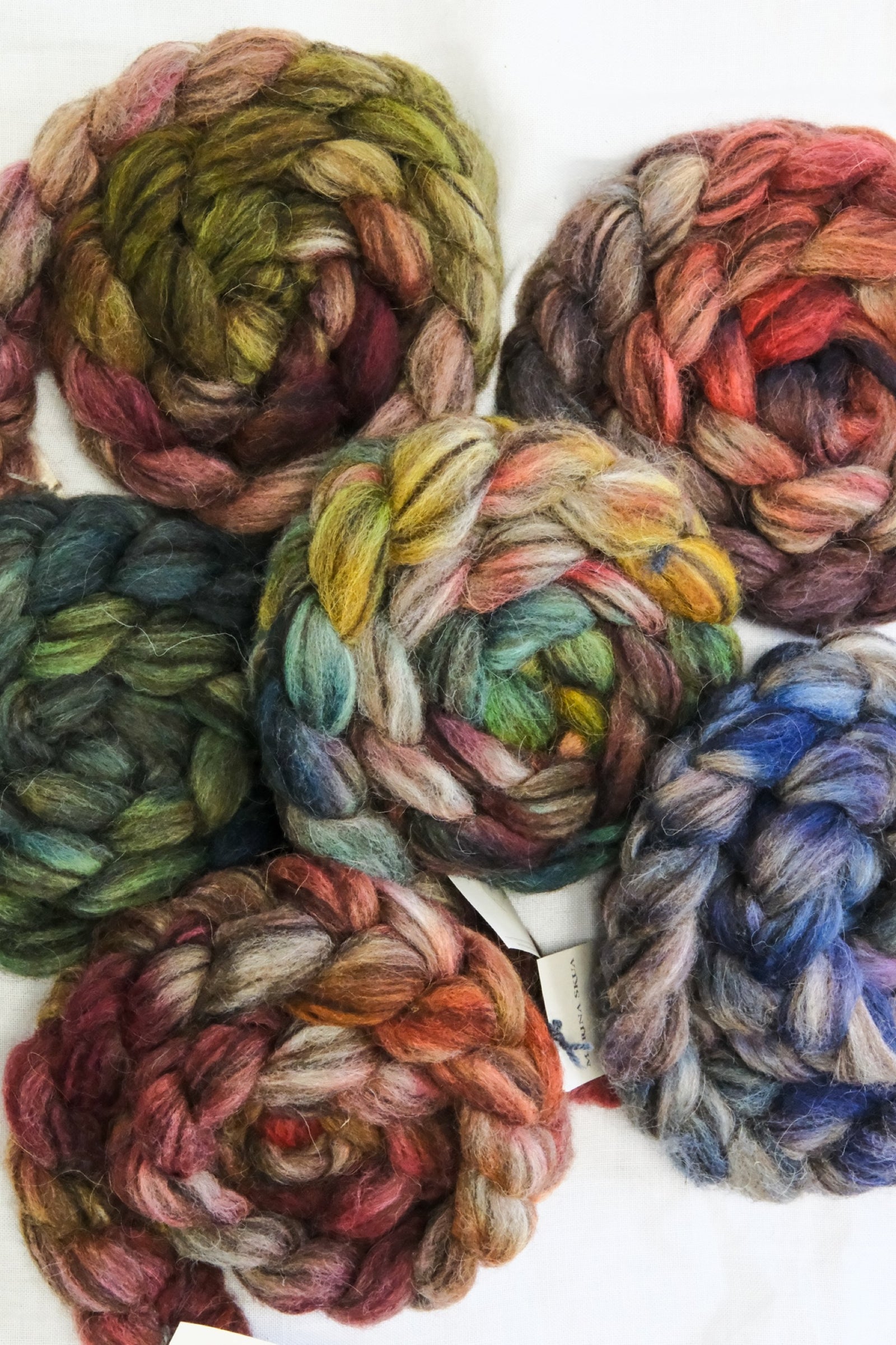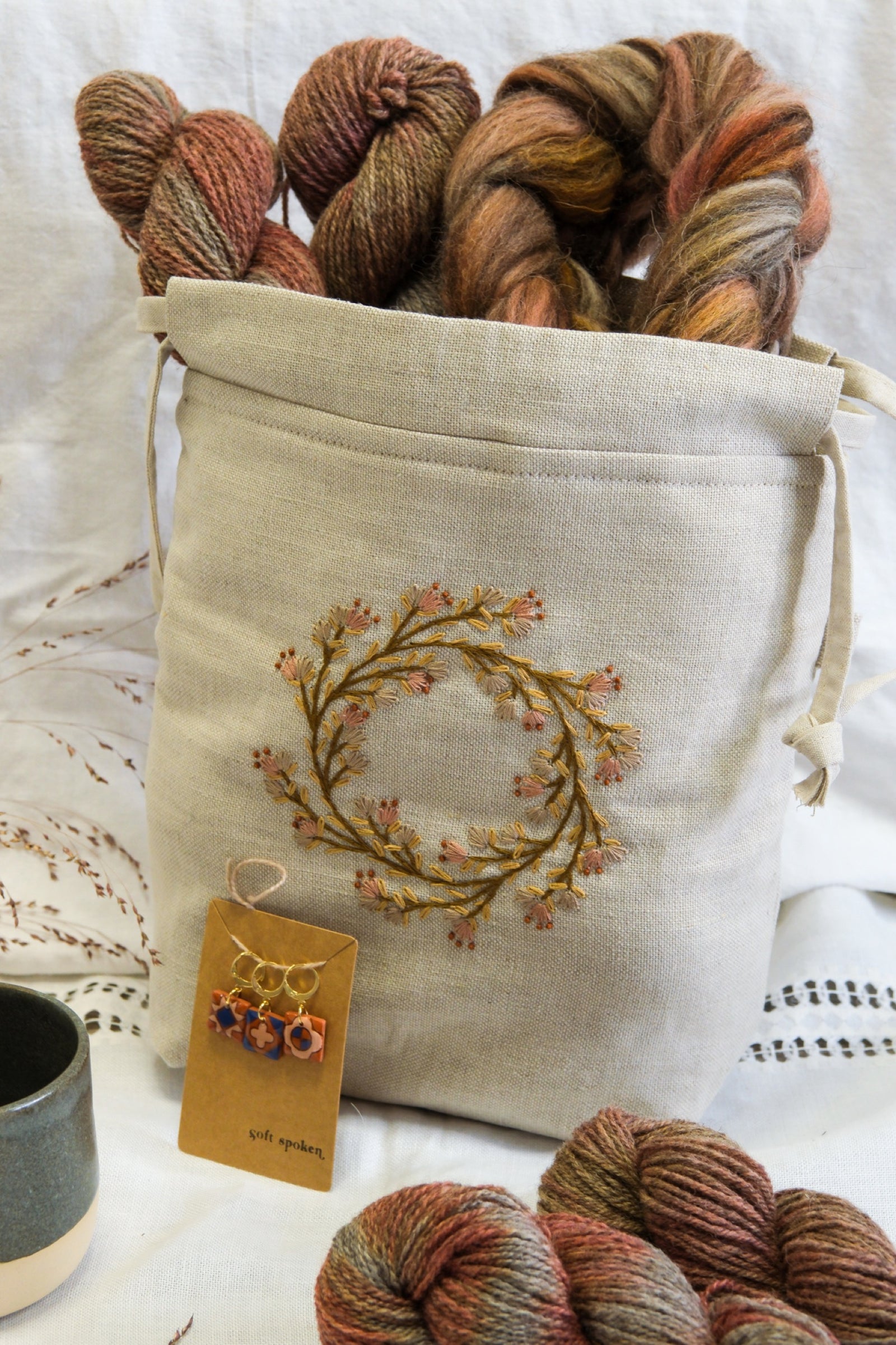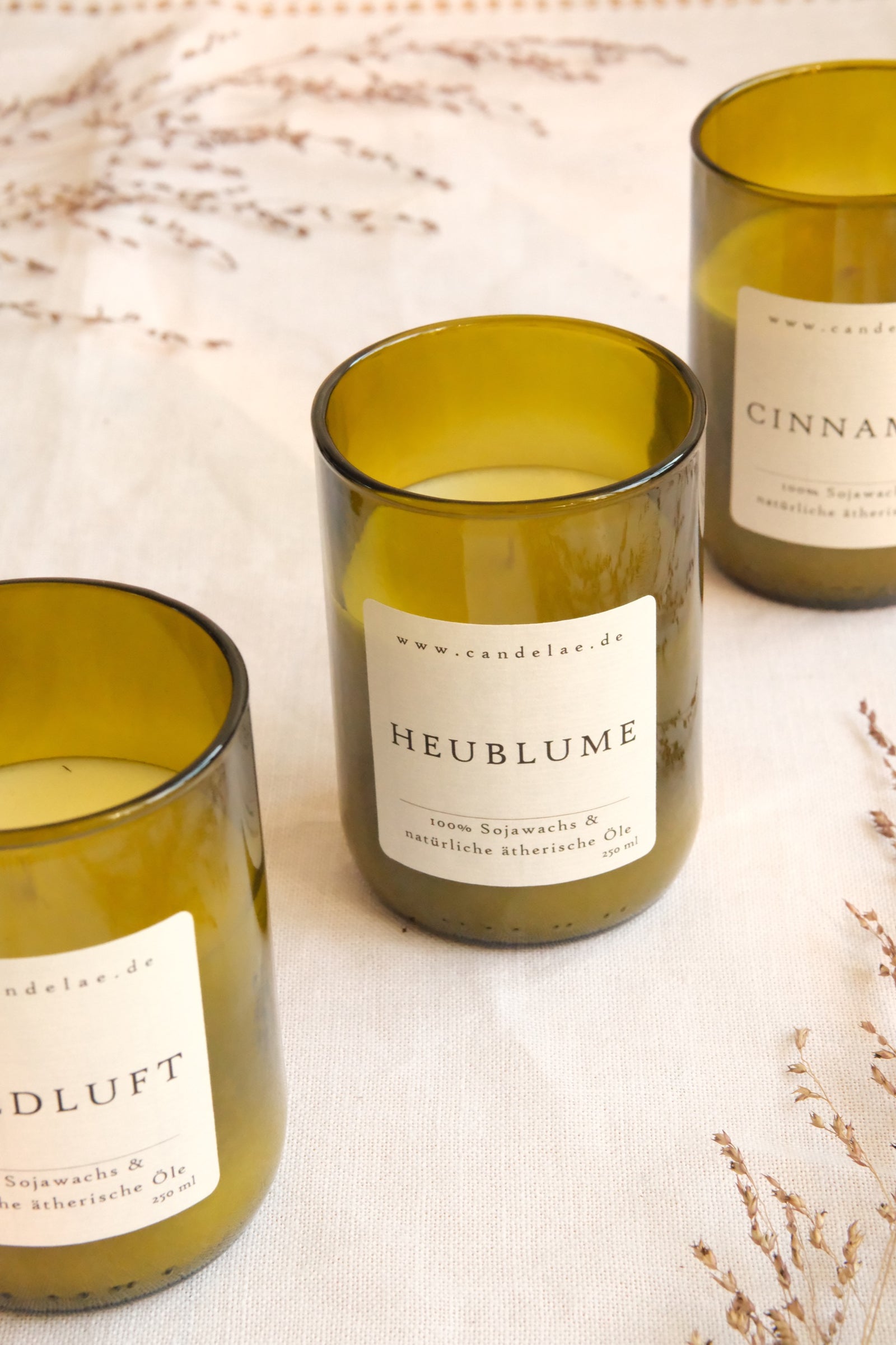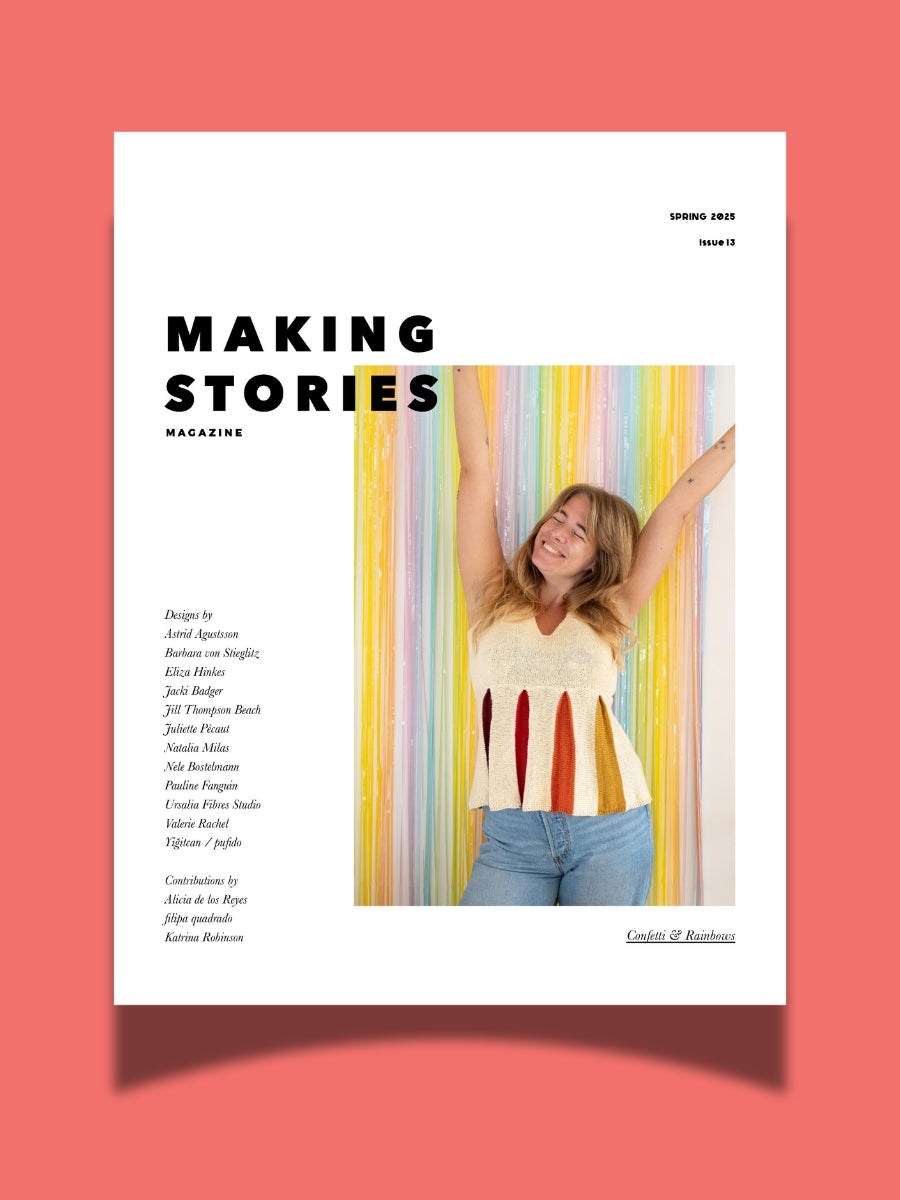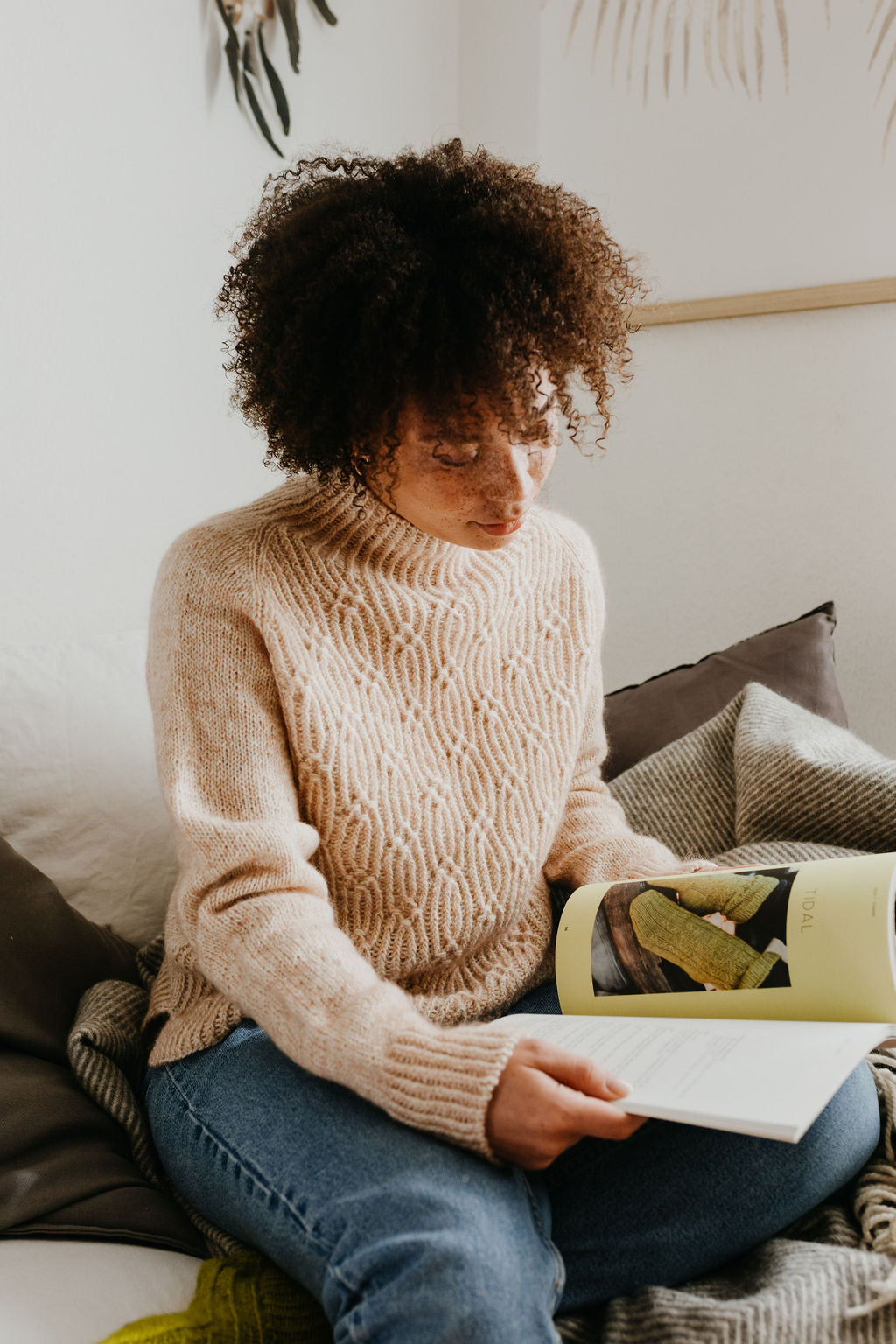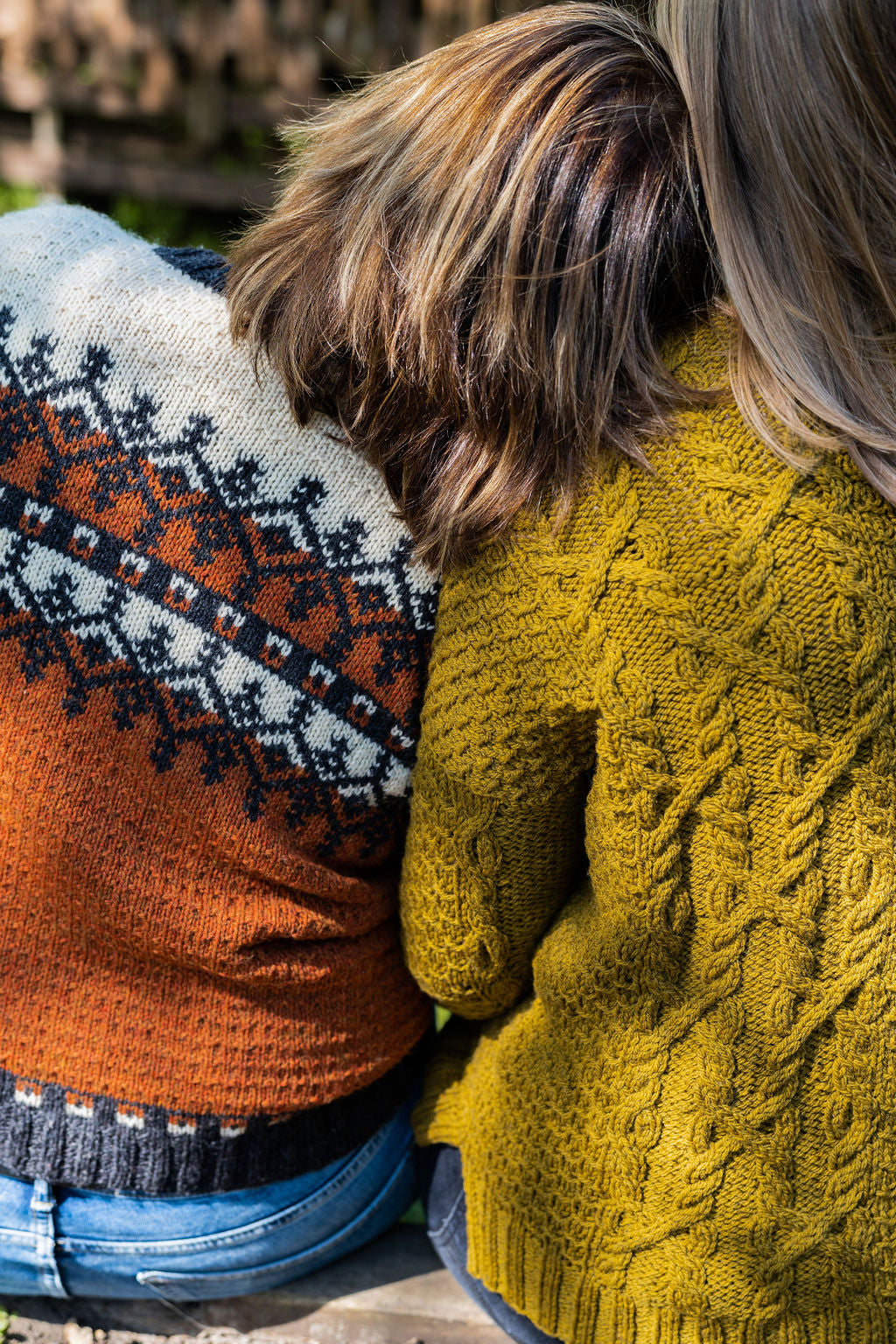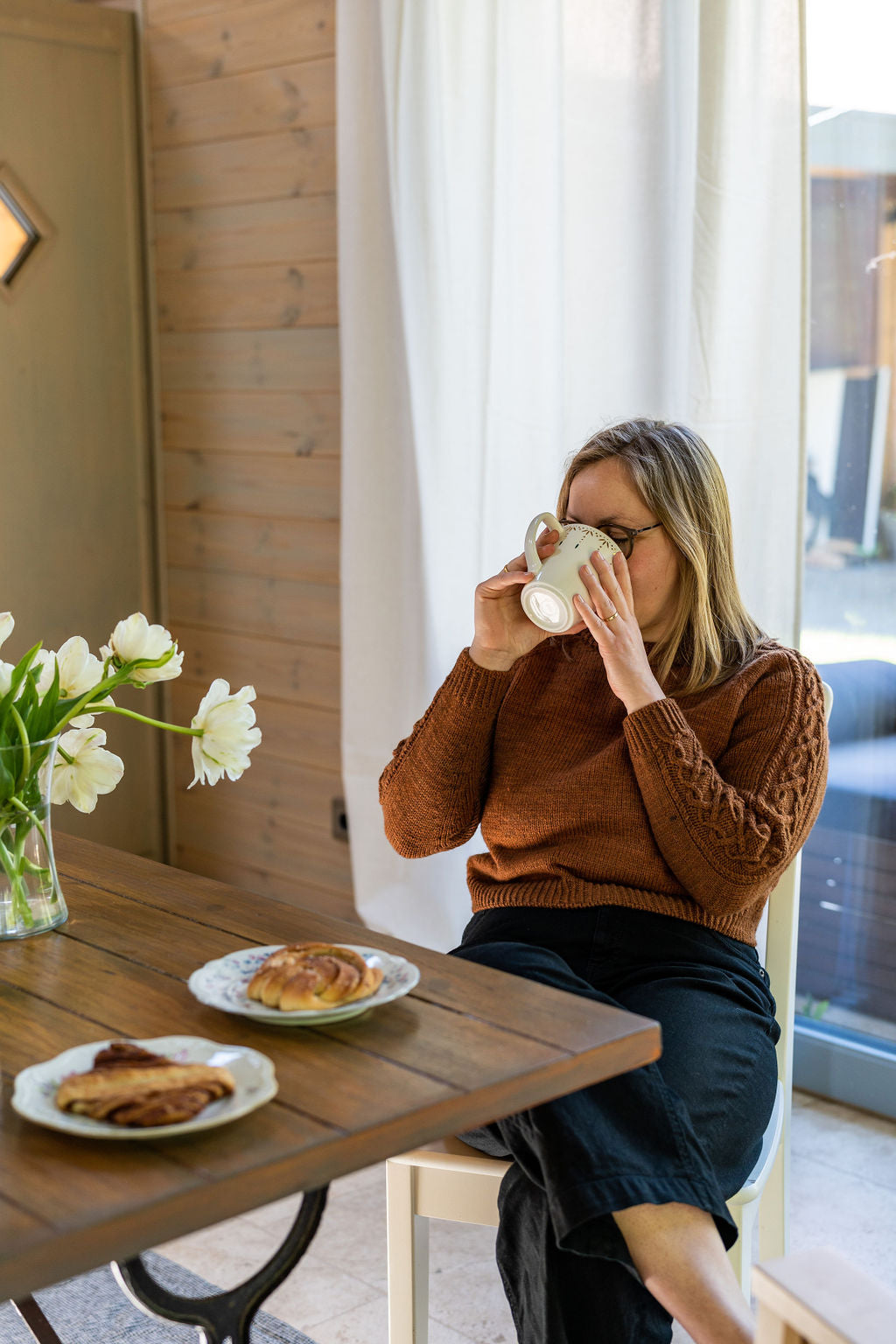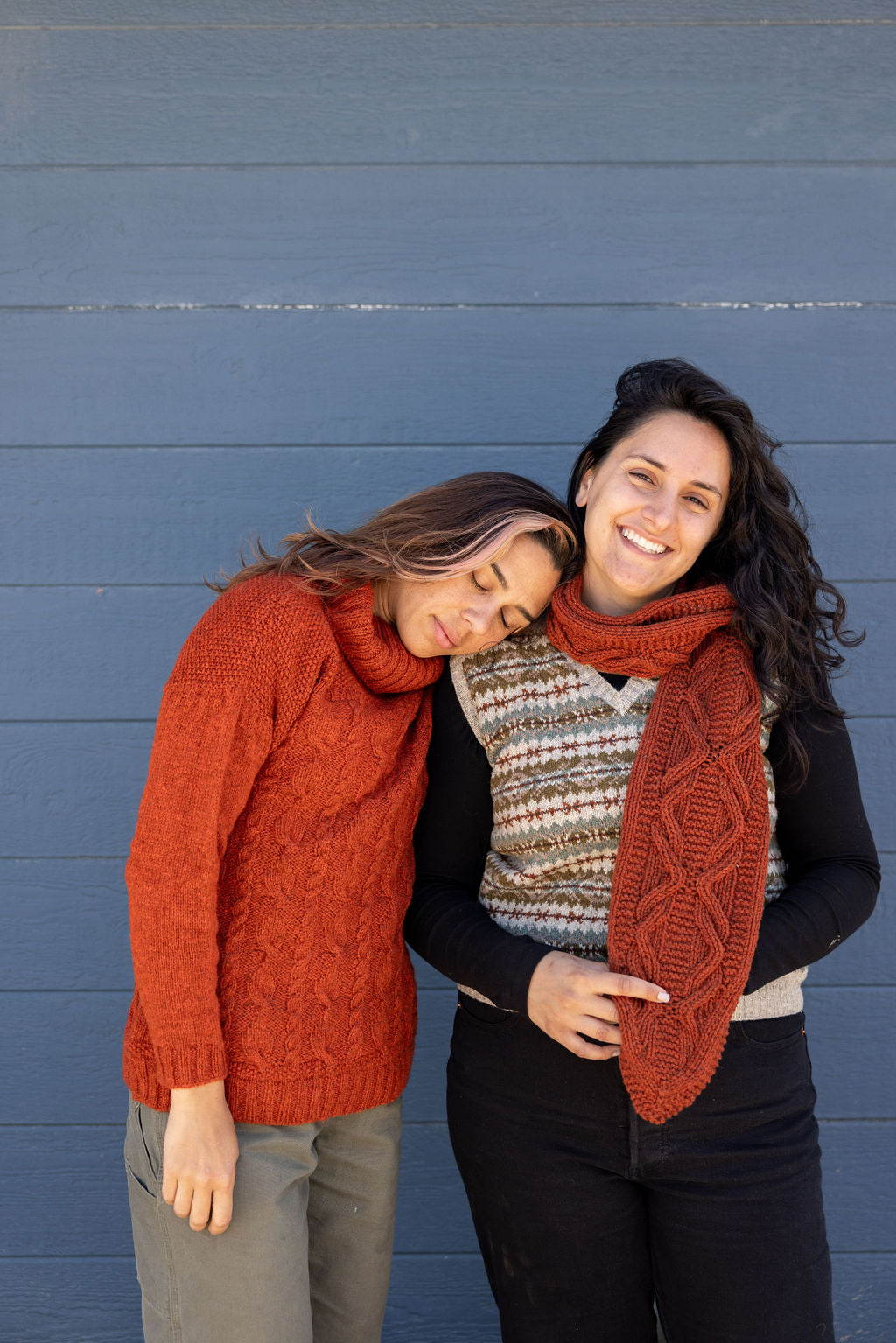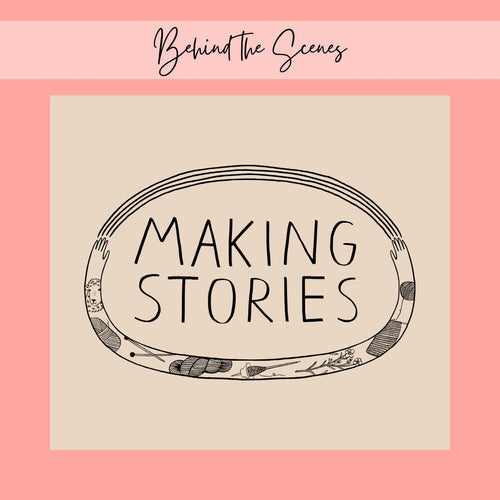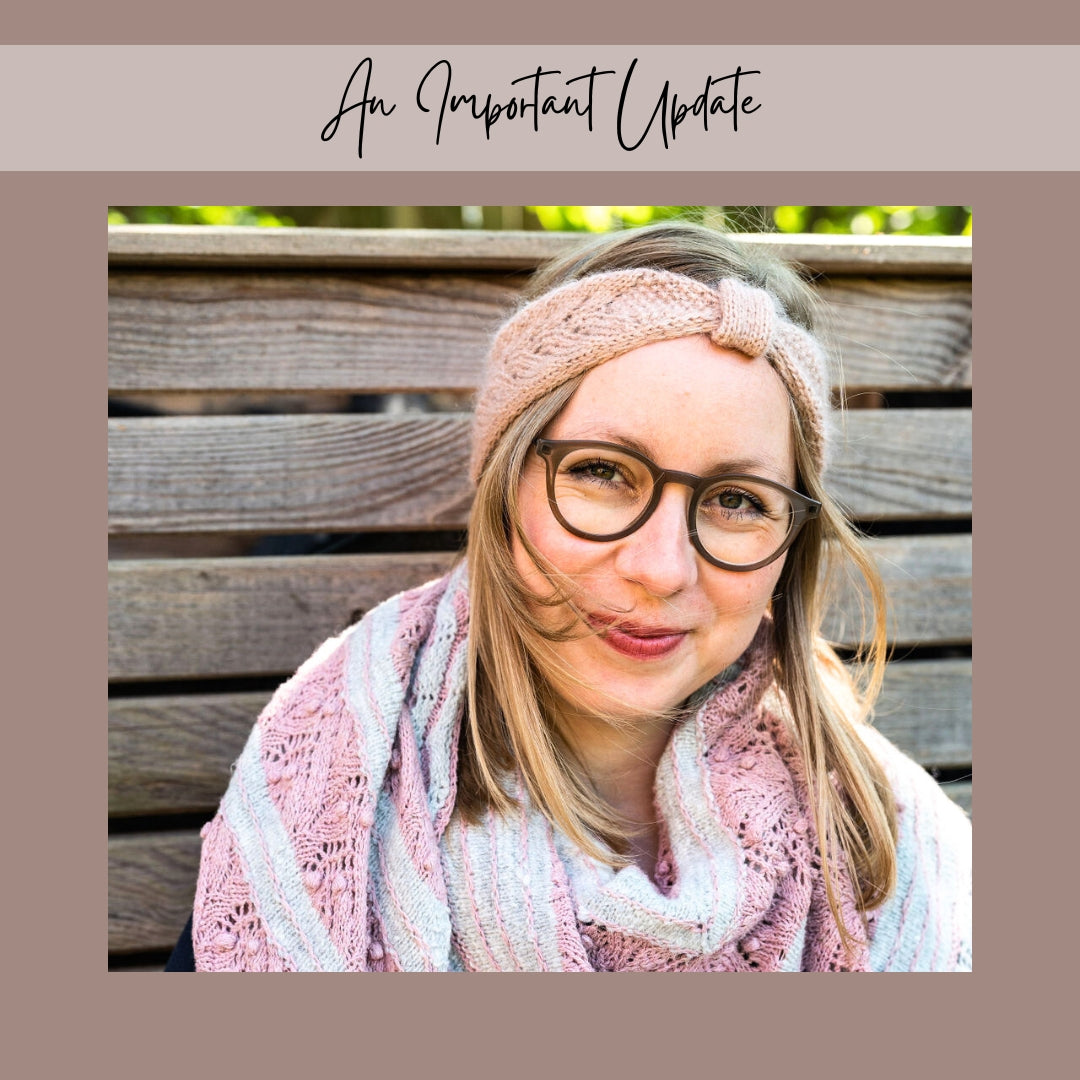Hello friends! It's Claire here and I'm back chatting once again about fit issues we get in our knitting. Today we're going to look at mixing and matching sizes in a knitting pattern. Why would we do that? Well, as you probably know, nearly all patterns are designed based on standard body sizes, but not many people fit perfectly into a standard body size. All our bodies are different, and just because one area of a pattern works for us, it doesn't mean the rest will.
So how do we find out if we need to mix and match? Let's take a look!

